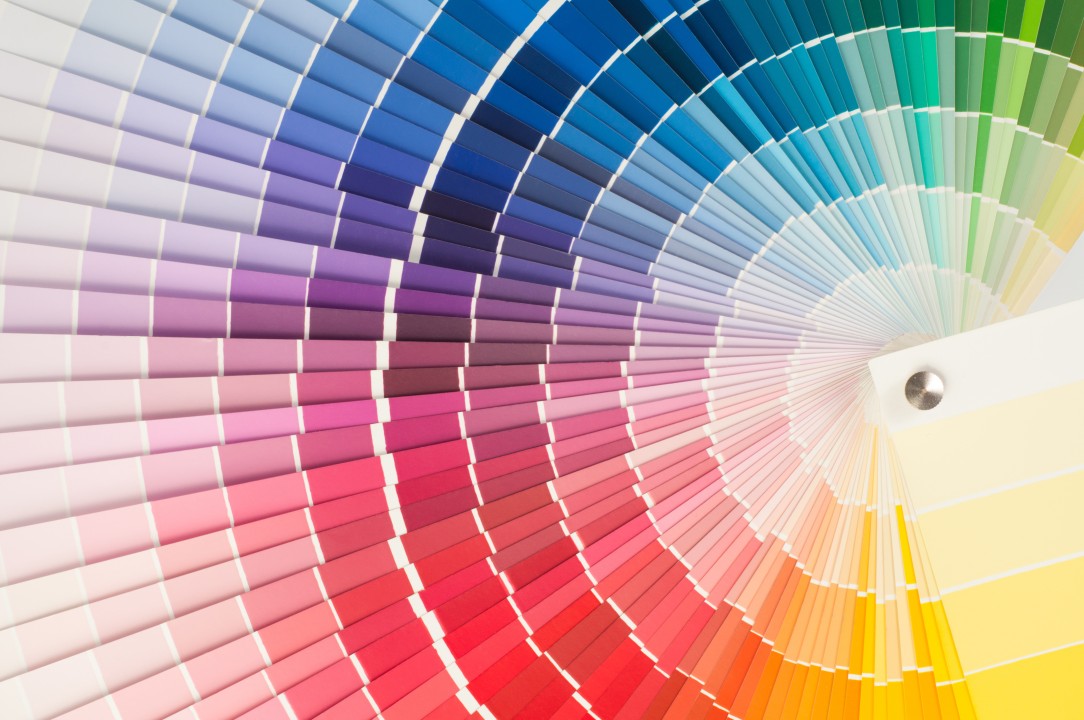
In today’s digital age, a well-designed website is crucial for the success of any business. A website often serves as the first impression potential customers have of your company, making it essential to create a user-friendly, visually appealing, and functional site. Good web design practices not only enhance the user experience but also improve your site’s search engine ranking and conversion rates. This comprehensive guide explores the key principles of effective web design and how following these practices can benefit your business.
What is Colour Theory?
Colour theory is a set of principles and guidelines used by designers to communicate with users through appealing colour schemes. It encompasses the colour wheel, colour relationships, and the psychological impact of colours. Understanding these elements helps designers create visually harmonious and effective designs.
The Colour Wheel
The colour wheel is a circular diagram of colours arranged according to their chromatic relationship. It was first developed by Sir Isaac Newton in 1666 and remains a crucial tool in design. The colour wheel is divided into three primary categories:
- Primary Colours: Red, blue, and yellow. These colours cannot be created by mixing other colours.
- Secondary Colours: Green, orange, and purple. These are created by mixing two primary colours.
- Tertiary Colours: These are made by mixing primary and secondary colours, resulting in colours like red-orange and blue-green.
Colour Relationships
Understanding colour relationships is essential for creating harmonious colour schemes. The primary relationships include:
- Analogous Colours: Colours that are next to each other on the colour wheel, such as blue and green. They create a harmonious and pleasing design.
- Complementary Colours: Colours that are opposite each other on the colour wheel, such as red and green. They create a high contrast and vibrant look.
- Triadic Colours: Three colours that are evenly spaced around the colour wheel, such as red, yellow, and blue. They offer a balanced yet vibrant colour scheme.
- Split-Complementary Colours: A base colour and two adjacent to its complementary colour. This scheme provides contrast without the tension of complementary colours.
- Tetradic Colours: Two pairs of complementary colours, such as blue and orange combined with red and green. This scheme offers rich colour diversity.
The Psychological Impact of Colours
Colours evoke emotions and can influence user behaviour. Understanding the psychological effects of colours helps designers create websites that elicit the desired emotional response and action from users.
- Red: Associated with energy, passion, and urgency. It can stimulate appetite and is often used in clearance sales. Example: Coca-Cola uses red to create excitement and attract attention.
- Blue: Conveys trust, calmness, and professionalism. It is popular in corporate designs and social media platforms. Example: Facebook uses blue to foster trust and communication.
- Green: Represents growth, health, and tranquility. It is often used in environmental and wellness websites. Example: Whole Foods uses green to emphasize natural and healthy products.
- Yellow: Evokes happiness, warmth, and attention. It is effective for drawing attention to call-to-actions (CTAs). Example: McDonald’s uses yellow to create a cheerful and inviting atmosphere.
- Orange: Combines the energy of red and the happiness of yellow. It is used to create a sense of enthusiasm and creativity. Example: Nickelodeon uses orange to appeal to a young and playful audience.
- Purple: Conveys luxury, creativity, and wisdom. It is often used in beauty and education websites. Example: Cadbury uses purple to denote luxury and quality.
- Black: Represents power, elegance, and sophistication. It is commonly used in luxury and high-end product designs. Example: Chanel uses black to exude elegance and sophistication.
- White: Symbolizes purity, simplicity, and cleanliness. It is used to create a minimalist and uncluttered design. Example: Apple uses white to highlight simplicity and innovation.
Applying Color Theory in Web Design
Establishing a Color Scheme
Creating a cohesive color scheme is essential for a visually appealing website. The process involves selecting primary and secondary colors that align with the brand’s identity and the website’s purpose.
- Primary Colors: Choose one or two primary colours that reflect the brand’s core values and message. These colours will dominate the website’s design.
- Secondary Colours: Select secondary colours that complement the primary colours. They add depth and variety to the design and are used for accents and highlights.
- Accent Colours: Use accent colours sparingly to draw attention to important elements like CTAs, links, and buttons.
Consistency and Branding
Consistency in colour usage is crucial for building brand recognition and trust. Ensure that the chosen colour scheme is consistently applied across all elements of the website, including the logo, headers, footers, buttons, and backgrounds.
- Logo: Incorporate the primary colours into the logo to reinforce brand identity.
- Navigation: Use consistent colours for the navigation bar and menu items to create a cohesive look.
- Typography: Ensure that text colours are readable and align with the overall color scheme.
Enhancing User Experience (UX)
Color plays a significant role in enhancing the user experience by guiding users through the website and highlighting key information.
- Visual Hierarchy: Use colour to establish a visual hierarchy, making it clear what elements are most important. For example, use a bolder colour for headings and a subtler colour for body text.
- Readability: Ensure sufficient contrast between text and background colours to enhance readability, especially for users with visual impairments.
- Interactive Elements: Use colours to indicate interactive elements like buttons and links. For example, a contrasting colour for buttons can make them stand out and encourage clicks.
Accessibility Considerations
Designing for accessibility ensures that your website is usable by all individuals, including those with disabilities. Color choices play a crucial role in accessibility.
- Colour Contrast: Ensure sufficient contrast between text and background colours. Tools like the Web Content Accessibility Guidelines (WCAG) contrast checker can help.
- Avoid Colour Reliance: Do not rely solely on colour to convey information. Use text labels or patterns in addition to colour.
- Colour-Blindness: Consider how colour-blind users will perceive your website. Use colour palettes that are distinguishable for different types of colour blindness.
Tools for Color Selection and Testing
Several tools can help designers select and test color schemes for their websites:
- Adobe Color: A colour wheel tool that allows you to create and save colour schemes.
- Coolors: A colour scheme generator that helps you find harmonious colour combinations.
- Contrast Checker: A tool to check the contrast ratio between text and background colours to ensure accessibility.
- Paletton: A colour scheme designer tool that helps you explore different colour combinations.
In Summary
Understanding and applying colour theory in web design is essential for creating visually appealing, effective, and accessible websites. By carefully selecting and combining colours, designers can enhance user experience, reinforce brand identity, and guide user behaviour. At Señor Techie, we specialize in web design and development, ensuring that your website not only looks great but also performs exceptionally. If you find the intricacies of colour theory overwhelming, don’t worry—our team is here to help you every step of the way. Contact us today to learn how we can transform your website with expert design practices.
Need help with your website’s design? Señor Techie offers professional web design and development services tailored to your business needs. Let us help you create a visually stunning and user-friendly website that stands out from the competition. Contact us today at www.senortechie.com to get started!
